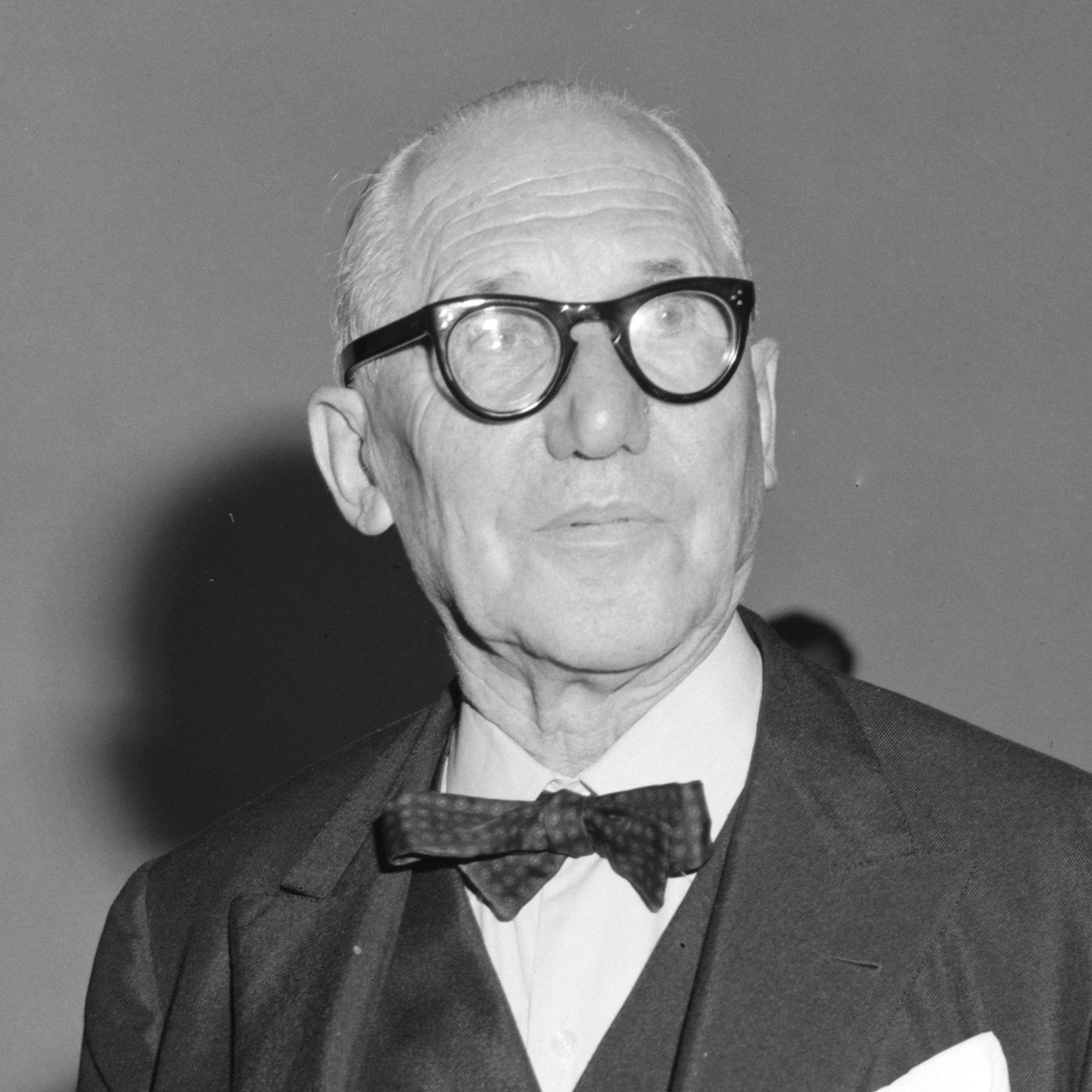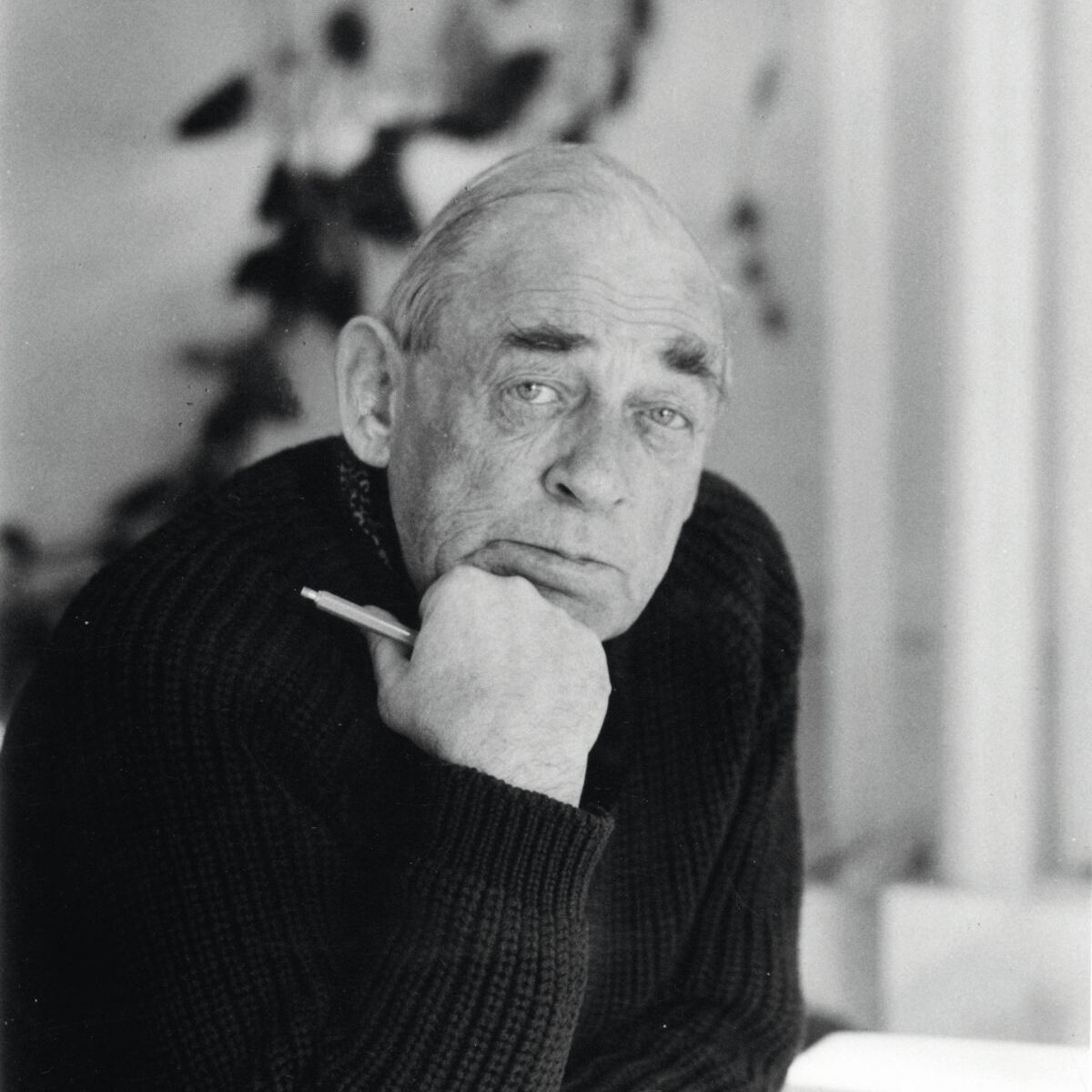Inspirations
Inspiring designers, amazing designs by Roots Burg that set us apart. Roots Burg choose to pursue craftsmanship creed and maintain the balance in society, for those who still value and appreciate ‘Pure Wood’ furniture.
We all have at least one article of furniture in our house or at work that passed down to us as heirloom and no matter we move to new place or makeover existing, we tend to keep it as profound experience, a cherish memory, a legacy…
DO YOU THINK THAT PIECE OF FURNITURE HAS SURVIVED IF MADE OF PLY, CHIPBOARD, VENEER OR ANY OTHER FAKE WOOD?
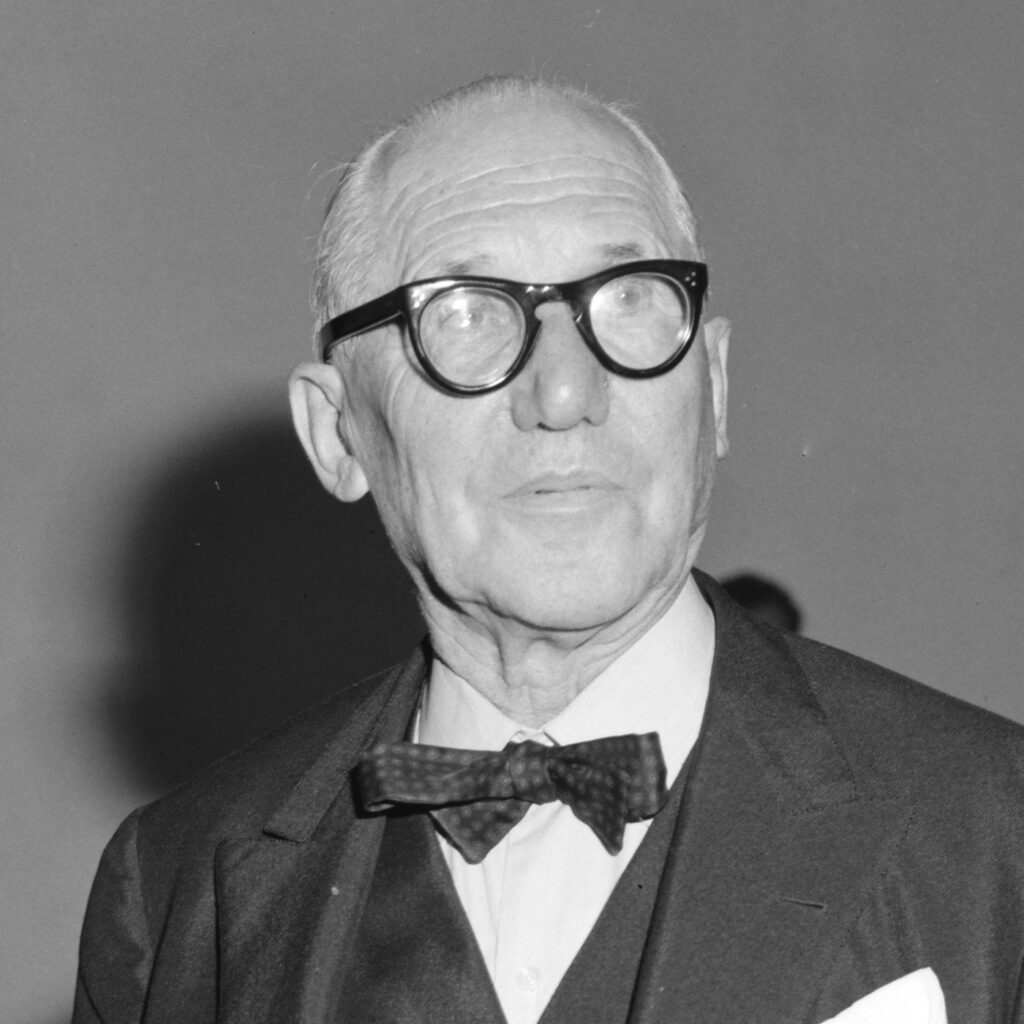
Le Corbusier
Charles-Édouard Jeanneret (6 October 1887 – 27 August 1965), known as Le Corbusier, was a Swiss-French architect, designer, painter, urban planner, writer, and one of the pioneers of what is now regarded as modern architecture. He was born in Switzerland and became a French citizen in 1930. His career spanned five decades, and he designed buildings in Europe, Japan, India, and North and South America.
Dedicated to providing better living conditions for the residents of crowded cities, Le Corbusier was influential in urban planning, and was a founding member of the Congrès International d’Architecture Moderne (CIAM). Le Corbusier prepared the master plan for the city of Chandigarh in India, and contributed specific designs for several buildings there, especially the government buildings.
On 17 July 2016, seventeen projects by Le Corbusier in seven countries were inscribed in the list of UNESCO World Heritage Sites as The Architectural Work of Le Corbusier, an Outstanding Contribution to the Modern Movement.
Le Corbusier remains a controversial figure. Some of his urban planning ideas have been criticized for their indifference to pre-existing cultural sites, societal expression and equality, and his alleged ties with fascism, antisemitism, and eugenics, and the dictator Benito Mussolini have resulted in some continuing contention.
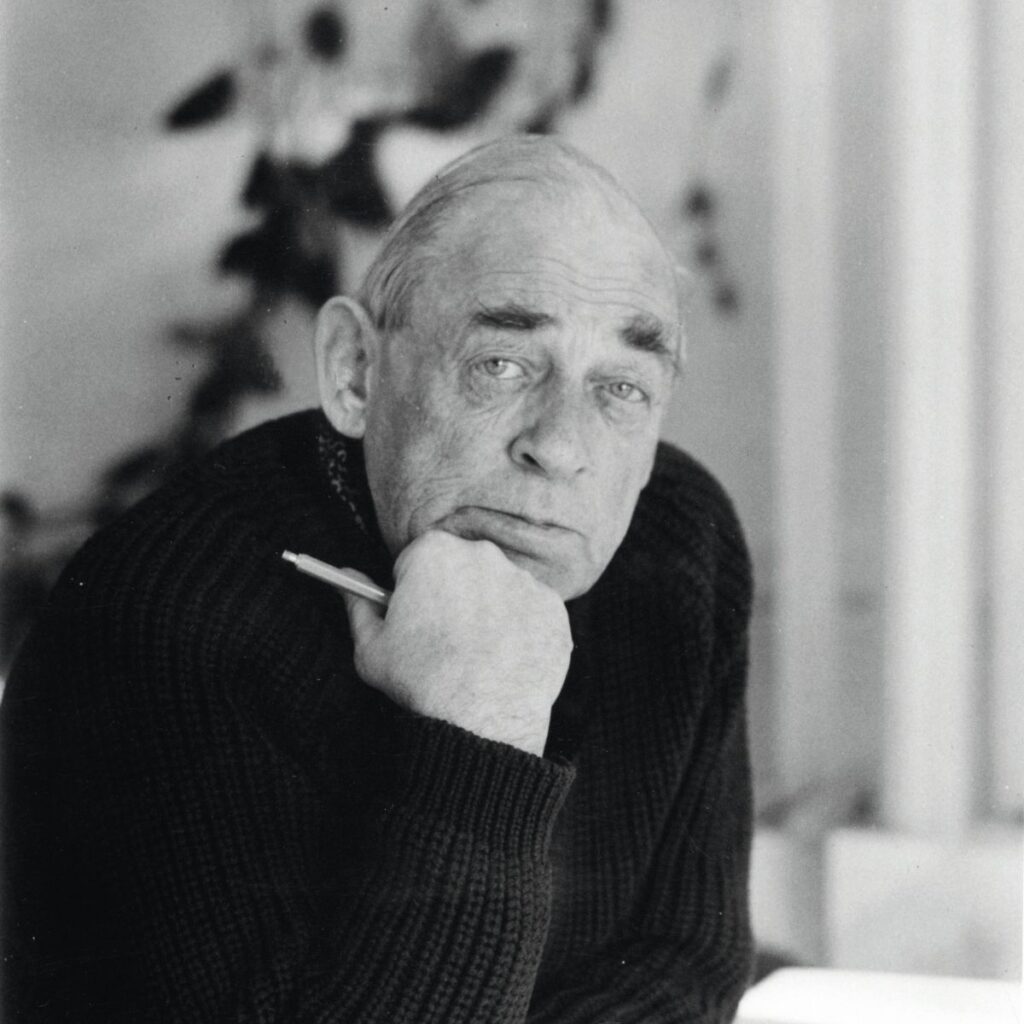
Alvar Aalto
Hugo Alvar Henrik Aalto (3 February 1898 – 11 May 1976) was a Finnish architect and designer. His work includes architecture, furniture, textiles and glassware, as well as sculptures and paintings. He never regarded himself as an artist, seeing painting and sculpture as “branches of the tree whose trunk is architecture.”
Aalto’s early career ran in parallel with the rapid economic growth and industrialization of Finland during the first half of the 20th century. Many of his clients were industrialists, among them the Ahlström-Gullichsen family, who became his patrons. The span of his career, from the 1920s to the 1970s, is reflected in the styles of his work, ranging from Nordic Classicism of the early work, to a rational International Style Modernism during the 1930s to a more organic modernist style from the 1940s onwards.
His architectural work, throughout his entire career, is characterized by a concern for design as Gesamtkunstwerk—a total work of art in which he, together with his first wife Aino Aalto, would design not only the building but the interior surfaces, furniture, lamps, and glassware as well. His furniture designs are considered Scandinavian Modern, an aesthetic reflected in their elegant simplification and concern for materials, especially wood, but also in Aalto’s technical innovations, which led him to receiving patents for various manufacturing processes, such as those used to produce bent wood.
As a designer he is celebrated as a forerunner of midcentury modernism in design; his invention of bent plywood furniture had a profound impact on the aesthetics of Charles and Ray Eames and George Nelson. The Alvar Aalto Museum, designed by Aalto himself, is located in what is regarded as his home city, Jyväskylä.
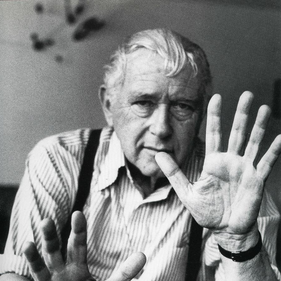
Marcel Breuer
Marcel Lajos Breuer (21 May 1902 – 1 July 1981), was a Hungarian-born modernist architect and furniture designer.
At the Bauhaus he designed the Wassily Chair and the Cesca Chair, which The New York Times have called some of the most important chairs of the 20th century. Breuer extended the sculpture vocabulary he had developed in the carpentry shop at the Bauhaus into a personal architecture that made him one of the world’s most popular architects at the peak of 20th-century design. His work includes art museums, libraries, college buildings, office buildings, and residences. Many are in a Brutalist architecture style, including the former IBM Research and Development facility which was the birthplace of the first personal computer. He is regarded as one of the great innovators of modern furniture design and one of the most-influential exponents of the International Style
The structural characteristics of his wooden furniture showed the influence of Dutch designers Gerrit Rietveld and Theo van Doesburg. He was known to such giants as Le Corbusier and Mies van der Rohe, whose architectural vocabulary he was later to adapt as part of his own, but hardly considered an equal by them who were his senior by 15 and 16 years.
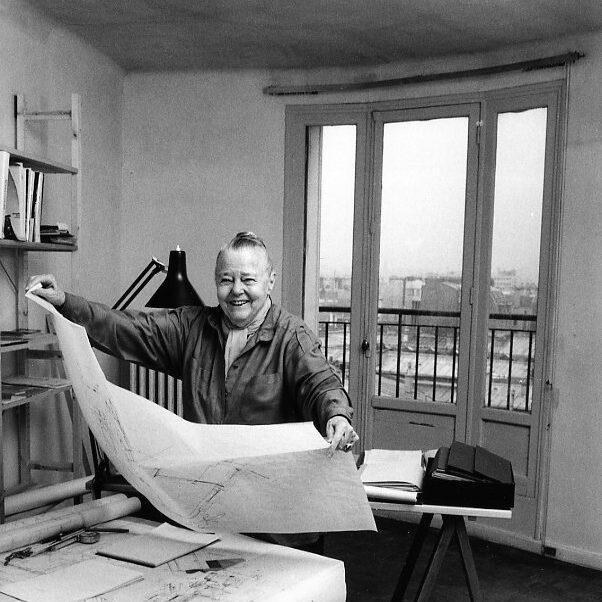
Charlotte Perriand
Charlotte Perriand (24 October 1903 – 27 October 1999) was a French architect and designer. Her work aimed to create functional living spaces in the belief that better design helps in creating a better society. In her article “L’Art de Vivre” from 1981 she states “The extension of the art of dwelling is the art of living — living in harmony with man’s deepest drives and with his adopted or fabricated environment.”
Charlotte liked to take her time in a space before starting the design process. In Perriand’s Autobiography, “Charlotte Perriand: A Life of Creation”, she states: “I like being alone when I visit a country or historic site. I like being bathed in its atmosphere, feeling in direct contact with the place without the intrusion of a third party.” Her approach to design includes taking in the site and appreciating it for what it is. Perriand felt she connected with any site she was working with or just visiting she enjoyed the living things and would reminisce on a site that was presumed dead.
Perriand was familiar with Thonet’s bentwood chairs and used them often not only for inspiration but also in her designs. Their chaise longue, for this reason, bears some similarity to Thonet’s bentwood rocker although it doesn’t appear to rock when sitting on the 4-legged base. But when the chaise is removed from the base and set on a flat surface, it rocks very smoothly. The chair has double tubing at the sides and a lacquered sheet metal base. The legs unintentionally resemble horse hooves. Perriand took this and ran with it, finding pony skin from Parisian furriers to cover the chaise. Perriand wrote in a memoir: “While our chair designs were directly related to the position of the human body…they were also determined by the requirements of architecture, setting, and prestige”. With a chair that reflects the human body (thin frame, cushion/head) and has decorative qualities (fabrication, structural qualities) they accomplished this goal. It wasn’t instantly popular due to its formal simplicity, but as modernism rose, so did the chair’s popularity
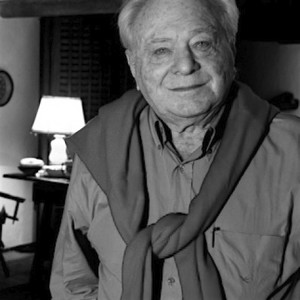
Jorge Zalszupin
The Polish born Jorge Zalszupin moved to Brazil after World War II, where he found an opportunity to develop his extremely sensual, modern architecture. A desire to rebuild a new post-war world and a wave of development in Brazil proved an ideal time for this creative atmosphere to flourish. Graceful lines, strong use of local woods and a combination of impeccable woodworking and classical detailing mark Zalszupin’s furniture. He became part of a select team of talented furniture designers, who worked closely with Oscar Niemeyer on the conception and production of furniture for the new federal capital. The pieces he designed during this time utilized the luxury of leather and combined it with classical Brazilian rosewood.
A significant part of Zalszupin’s furniture production is tributary to his architecture. He used new design language and tendencies, while maintaining a functional view of ambience for internal spaces.

Giuseppe Scapinelli
Giuseppe Scapinelli was born in 1891 in Modena, Italy, but chose Brazil as his second home. He became a successful furniture maker and retailer in 1950s in São Paulo with his furniture factory, Fábrica de Móveis Giesse, and his carpet factory, Fábrica de Tapetes Santa Helena.
His pieces are impeccably crafted in Brazilian traditional wood. His style set him apart from the main industry players at the time for its soft shapes and curvy lines.
He designed and produced many unique pieces for distinctive São Paulo homes before passing away in 1982.
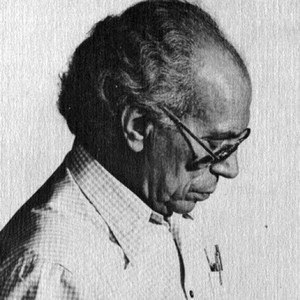
Joaquim Tenreiro
Joaquim Tenreiro is the ultimate founding father of Brazilian furniture and design. Born in Portugal, he became a woodworker and moved to Brazil at the age of 22. After working in several woodworking studios in downtown Rio de Janeiro, designing and making all types of furniture, he went on to work for Laubisch-Hirth, a major furniture factory specializing in interior decoration by home architects, where he continued his eclectic training.
In early the 1940’s he founded his own furniture-making shop, where he rediscovered various raw materials that had been overlooked in Brazil, like cane and jacaranda wood, creating what we now know as modern Brazilian furniture. From his first pieces of furniture to the reliefs from his final phase, Tenreiro revealed his intense relationship to wood, his care and grace with texture and a pleasing harmony of volumes. The designer was a forerunner in the truest sense of the word, and his legacy of authenticity and genuine artistic wisdom is an example for newcomers.
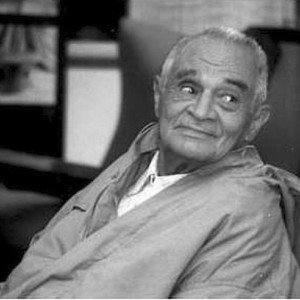
José Zanine Caldas
A self-taught designer, José Zanine Caldas is known to transform wood into magnificently sensual pieces. In 1964, when Brazil was undergoing a military coup, Zanine took refuge in the beach town of Nova Viçosa. Having lost his position at the University of Brasilia, he began carving solid furniture from local woods. Characterized by a greatly organic, sculptural quality, Zanine’s furniture takes full advantage of the cracks and natural curves of the wood. Amongst his chosen materials are native woods like pequi, acajou and vinhático. Pequi trees in particular abound in the vast shrublands that form a great part of Brazil’s Cerrados; they play an important part in Brazilian culture as a tree whose pulp can be used to flavor drinks and rice.
Since the 1950’s, Zanine Caldas has worked as a model maker for architects including Oscar Niemeyer, Oswaldo Arthur Bratke, Rino Levi and Henrique Mindlan.
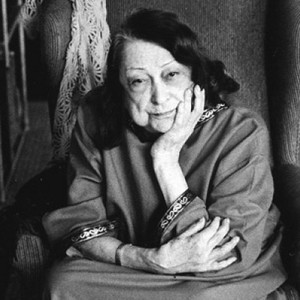
Lina Bo Bardi
Lina Bo Bardi spent her childhood playing in the shadows of the basilica of St. Peter’s. As an adult, she undertook a classical architectural training at Rome University and later went to work for the offices of the famed Gio Ponti in Milan. Applying herself to numerous disciplines — including housewares design, architecture, and urban planning — Bo Bardi gained confidence and experience; in 1941 she was appointed editor of Quaderni di Domus, a post that allowed her to conduct research in the field of industrial design and craftsmanship.
Bo Bardi’s greatest achievements, however, came after World War II and were realized in her adopted homeland, Brazil, where she seems to have been destined to live. Traveling with her husband, Pietro Maria Bardi, she first settled in Rio de Janeiro, attracted by the city’s modernism. Later, the Bardis moved to Sao Paolo, where Pietro was invited to found a museum.
furniture
Inspiring designers, amazing designs
Roots Burg masterpiece furniture is homage to legendary furniture designers who shaped and influenced the furniture industry, we see today!

